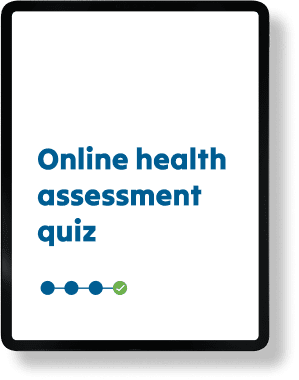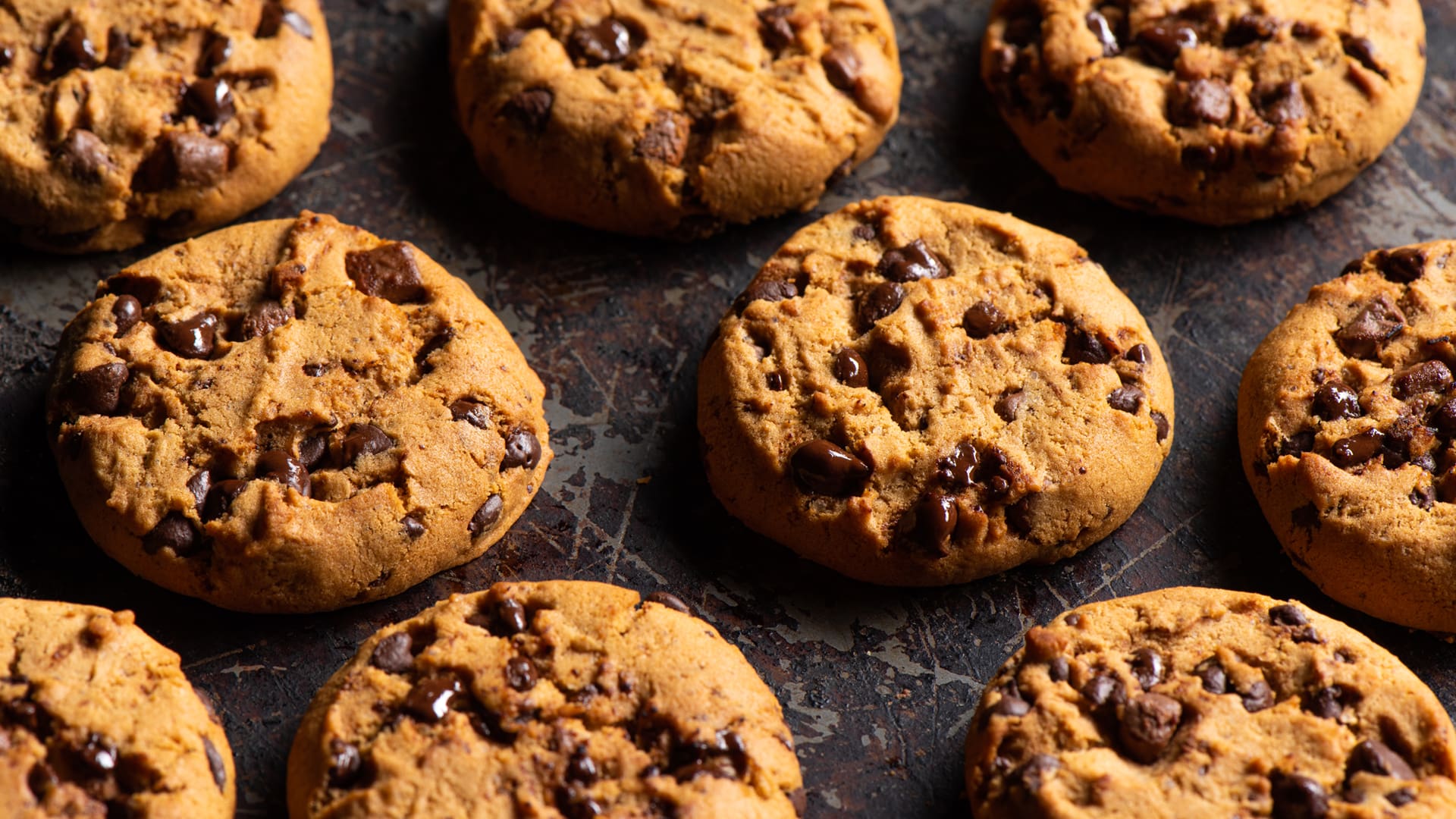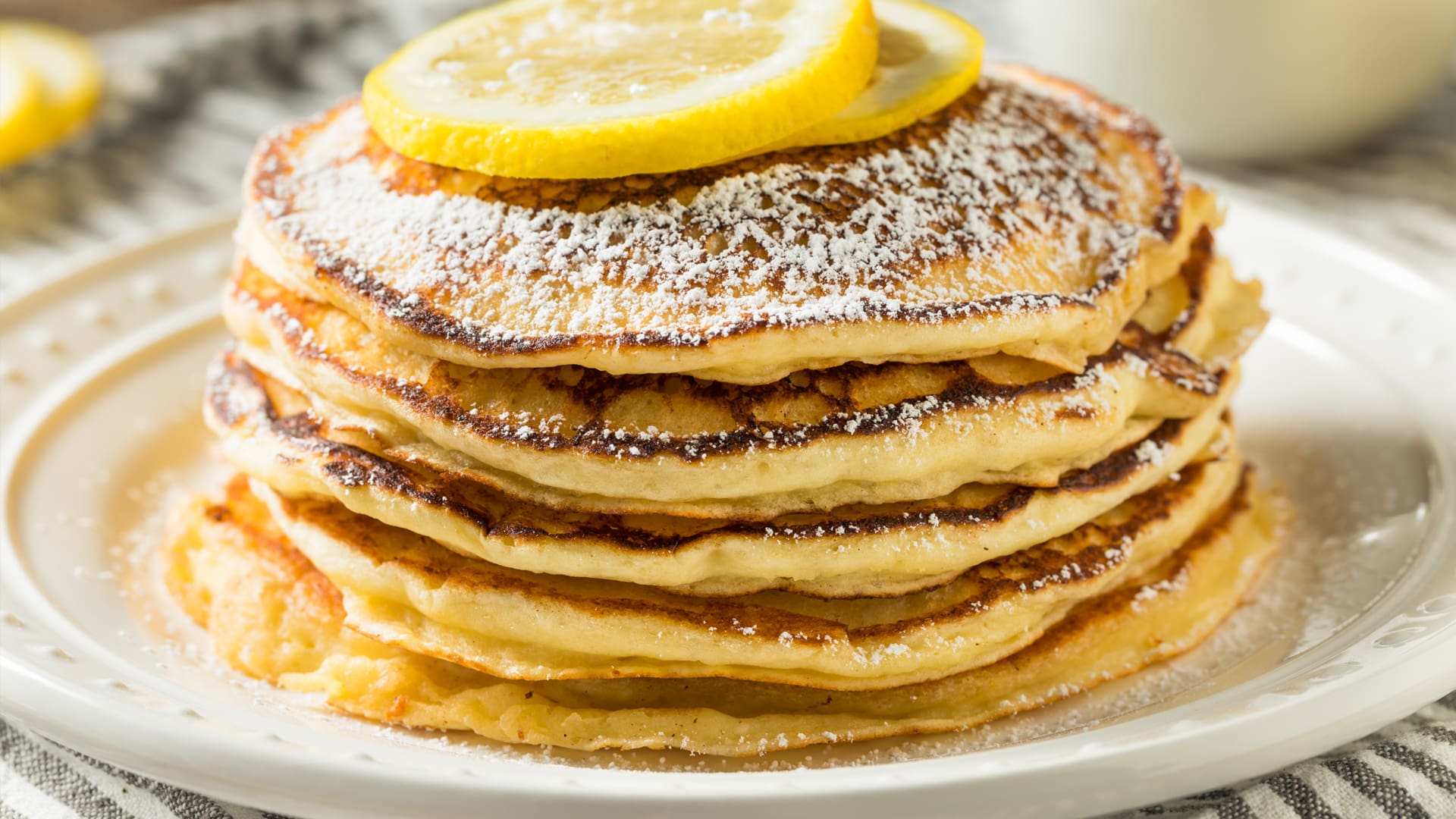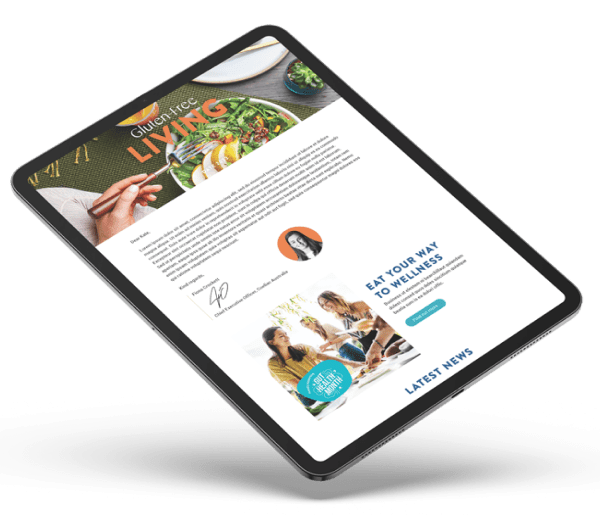So you’ve had a family member diagnosed with coeliac disease… what next?
To dispel a common myth… You do not need to make your entire kitchen a ‘no gluten zone’ nor does the whole family need to follow a gluten free diet.
A gluten free diet is not ‘healthier’, and gluten free staples are more expensive than their gluten containing counterparts. Inadequate gluten intake can also interfere with subsequent coeliac disease screening in family members.
When it is a child who has been diagnosed, it may seem like an easy or kind solution to make the whole family eat everything gluten free, so your child does not feel different. While it is vital that they feel safe and confident in their home environment, it is just as important that they are aware of other foods – those that are acceptable and those that are not. The home environment is the ideal place to teach them that their food will sometimes be different to others; and that this is ok.
While a gluten-free diet is not recommended for those without coeliac disease, cooking and sharing gluten free meals with family and friends is a great way to show support. There are many meals that can easily be adapted to be gluten free.
Following are some ideas that you may like to consider in your home:
Sorting & Storing




-
You’ll be surprised how much of your existing pantry and fridge contents is already suitable… Sort the contents of your pantry and refrigerator into gluten containing and gluten-free products. You will be surprised how many of them are suitable by ingredient.
-
Whether in the pantry, refrigerator or freezer, store gluten-free products and ingredients in separate sealed containers and clearly label all foods once they have been removed from the original packaging. This will allow for easy identification and avoid mix ups.
-
You may like to co-locate all gluten containing products on the same shelf or in a given area so that those with coeliac disease in the family know which products to avoid. In your own kitchen you may choose to have a pantry shelf, or a tub reserved for gluten-free items or use different coloured containers. This can make it easy for everyone (including visitors to your home) to recognise which products are gluten free, especially young children.
Shopping




-
Start with the essentials, replacing the gluten containing staples that you have identified in your pantry or fridge. Remember that many staple foods are naturally gluten free, so base your family meals on these whole foods… fresh fruit and vegetables; raw & unprocessed meat, poultry & seafood; eggs; nut and seeds, legumes; natural and minimally processed dairy foods such as cow’s milk, cheese and yoghurt.
-
Gluten free products can be ‘different’ in both taste, texture and mouth feel. It may take a little time to adjust to these different products, especially gluten-free bread. Try different brands of bread and cereals to find your favourite. You may like to revisit brands tried previously as taste and preferences tend to adapt over time.
-
This process of trying out different gluten-free breads or cereals before finding one that you like can be expensive and time consuming. Don’t throw them out, turn gluten-free bread into breadcrumbs and either freeze them fresh or place in a slow oven until the breadcrumbs are golden, ready for topping a casserole, or crumbing schnitzel or fish. The same goes for cereals; Instead of letting it go stale in the back of the cupboard, make a slice requiring muesli, cornflakes or puffed rice for a yummy gluten-free version.
Family Meal-Time




-
Whenever possible, make the evening meal one that is suitable by ingredient for the whole family to share. An example of an exception to this would be meals involving pasta, in which case it is more economical to cook a pot of wheat pasta and a pot of gluten free pasta, adding the shared gluten-free sauce at the end.
-
Start by looking at the meals you already prepare – some recipes may already be gluten free, or with some minor tweaking and substitutions could easily be suitable. For example, simply using gluten free soy sauce could make your Monday night stir-fry gluten free. Find more information on converting recipes here.
-
Replace basic staples that contain gluten with gluten free varieties so they can be used in meals for the whole family, e.g. soy sauce, marinades, icing sugar mixture, mayonnaise.
Around the house




-
Prescription and non-prescription (over-the-counter) medications must declare when ingredients are derived from gluten (when gluten is present at 20ppm or more). Coeliac Australia considers medications containing detectable levels of gluten less than 20ppm to be suitable for those with coeliac disease. Examine the packaging of over-the counter medications and check the Consumer Medicines Information (CMI) leaflet of prescription medication. If there is no mention of gluten, then the medication is suitable.
-
Gluten must be swallowed to harm people with coeliac disease… it is not absorbed through the skin. There is therefore no need to worry about shampoos, soaps, cosmetics or cleaning supplies that contain gluten-derived ingredients. A significant amount of these products would need to be swallowed to be of concern. Some lipstick products contain wheat in small amounts; you would need to consume many sticks of lipstick in one sitting to potentially cause harm.
Could it be Coeliac disease?
Is it intolerance or something more? Take this 5-minute quiz to rate your gluten sensitivity and coeliac disease symptoms
Take the quiz







